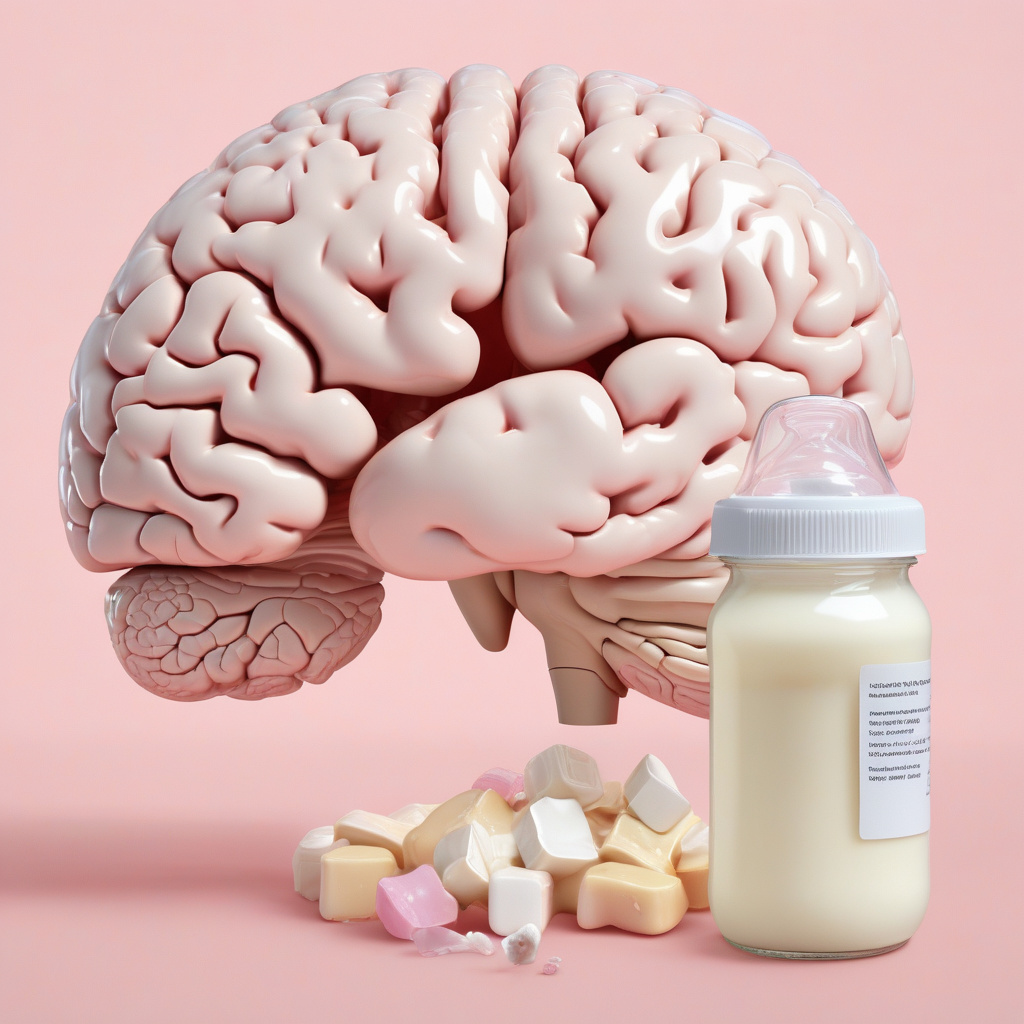Brain to Breast Milk: Plastic-Linked Diseases Cost World $1.5 Trillion Yearly
Plastic pollution is no longer just an environmental issue. It is a full-scale public health crisis, with implications that reach from the brain to breast milk. The pervasive nature of plastics in our daily lives has led to a concerning reality – the prevalence of plastic-linked diseases that are costing the world a staggering $1.5 trillion annually.
One of the most alarming aspects of this crisis is the impact of microplastics on human health. These tiny plastic particles, often invisible to the naked eye, have been found to infiltrate various aspects of our lives, from the food we eat to the air we breathe. Research has shown that microplastics can travel from the environment into our bodies, where they can accumulate in vital organs and tissues.
The implications of this infiltration are far-reaching. Studies have linked exposure to microplastics to a range of health issues, including cancer, reproductive problems, and developmental delays. Perhaps most concerning is the impact on infants, as microplastics have been detected in breast milk, raising serious questions about the long-term health effects on nursing babies.
Furthermore, the economic burden of plastic-linked diseases cannot be understated. The $1.5 trillion annual cost associated with these illnesses represents not only healthcare expenses but also lost productivity and decreased quality of life. From increased healthcare spending to reduced workforce participation, the financial repercussions of plastic pollution are significant and widespread.
In the face of this crisis, urgent action is needed on multiple fronts. Governments must enact stricter regulations on the production and disposal of plastics, holding industries accountable for their role in perpetuating this crisis. Companies must prioritize sustainable practices, from reducing single-use plastics to investing in eco-friendly alternatives. And individuals must also play their part by making conscious choices to reduce their plastic consumption and waste.
Several innovative solutions are already emerging to address the plastic pollution crisis. From biodegradable packaging materials to advanced recycling technologies, researchers and entrepreneurs are harnessing the power of innovation to combat this global threat. For example, companies like Loop Industries are pioneering new methods for upcycling plastic waste, turning it into high-quality materials for a circular economy.
Ultimately, addressing the impact of plastic-linked diseases requires a collective effort from all sectors of society. By raising awareness, implementing sustainable practices, and supporting innovative solutions, we can mitigate the health and economic consequences of plastic pollution. The time to act is now, for the sake of our health, our environment, and future generations.
plastic pollution, public health crisis, microplastics, innovative solutions, sustainable practices












